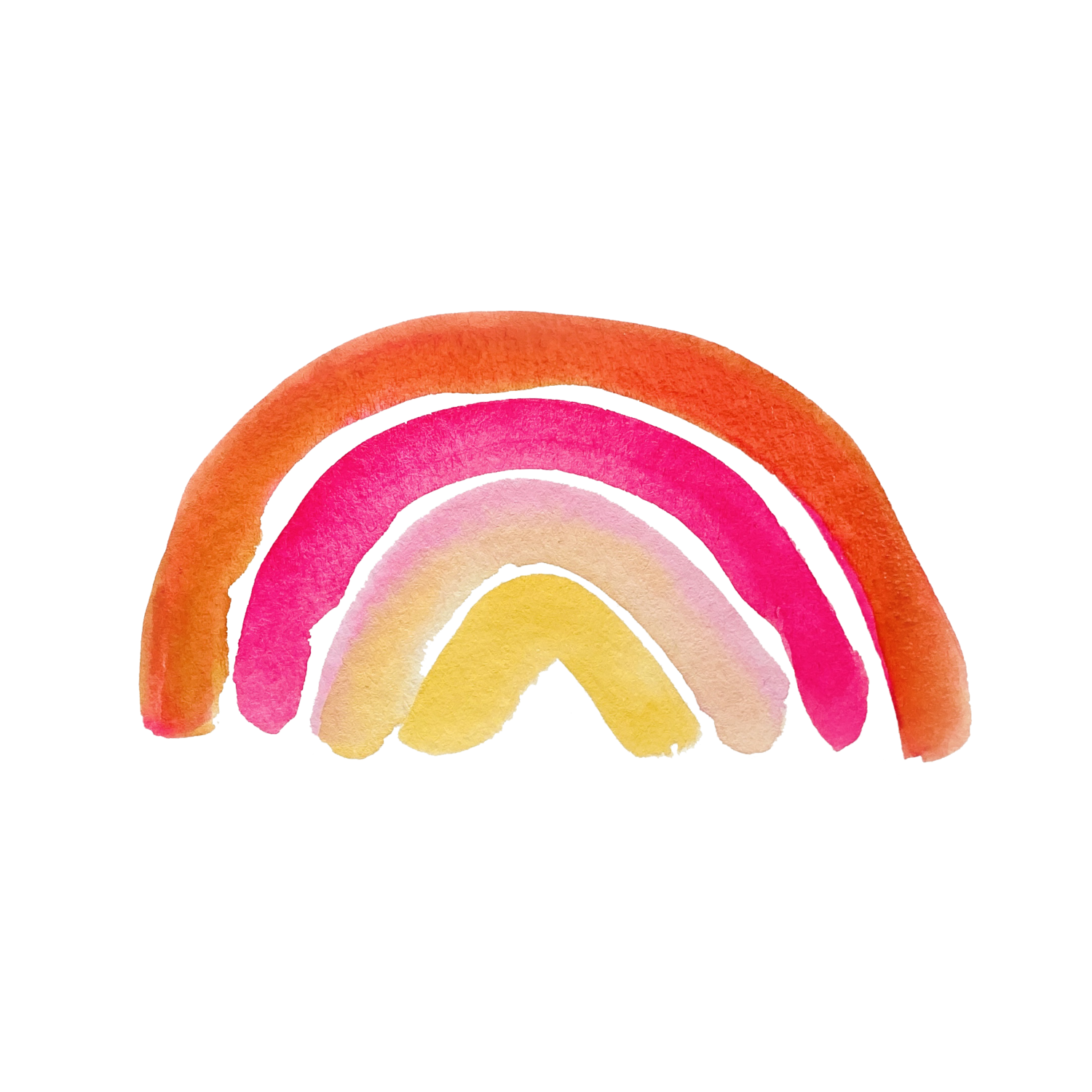What is the History of Watercolor Painting
The history of watercolor begins with the caves of Lascaux and ends with modern day illustrators and fine artists. With the formation of the first watercolor art exhibit in 1876, the topic of the history of watercolor emerged as a focus and major artistic medium. The Victoria and Albert Meseum shed light on this little known medium and its origin story. Watercolor painting, originally viewed by Renaissance artists as a preliminary process for large paintings, came into focus as a serious medium in the 1800’s at the Kensington Museum. Renaissance artists used watercolor painting for its portability, as an underpainting for larger pieces, miniatures and portraits, and in landscape (8 Evans). However, the technique for this medium passed down from generations of cultural variation from the Egyptians, medieval monastery’s, and even into Asia. The Kensington exhibit showcased 500 watercolor paintings collected by Richard Ellison and formed the first collection of what we call water color paintings today (6 Evans).
I first became interested in they history of watercolor painting while taking required art courses at university. Art history courses gave me a launching pad for my research as I studied traditional painting techniques from a master dutch painter based out of Holland. The more I learned about the techniques involved in watercolor painting, the more I wanted to learn about the history of the medium. When did watercolor emerge as an actual medium? What did watercolor painting look like in its early form?
Watercolor Emerged Early in Human History
Many scholars argue watercolor painting emerged in the 17th and 18th century as a popular medium for landscape painting. It has even been posited that the caves of Lascaux and Egyptian ancient papyrus paintings as people experimented with natural materials are the first watercolors. The concept of watercolor painting developed from earth derived pigments. Pigments derived from natural materials were mixed with a binder, often egg, forming a tempura. Tempura as a medium developed into advanced paintings in other areas of the world such as the Italian islands. Tempura helped artists to experiment with different painting surfaces and led to the idea of watercolors.
Watercolor went on to evolve as each civilization adapted a form of it to suit the needs of the material they were painting on. A good example of this is the Egyptians work on papyrus. The Egyptians created some of the earliest watercolor art. “The Persian artist Bihzad (15th cent.) produced exquisite miniatures of great complexity” (Columbia Electronic Encyclopedia, 6th Edition, 2021, p1). Persian artists developed miniatures in the 15th century. Artists in the Middle Ages adapted these forms of painting on vellum and scrolls for the creation of illuminated manuscripts.
Botanical Watercolors Throughout History
Botanical watercolor paintings emerged as a way to catalog plant specimens. It allowed people, before the invention of the camera, to record the scientific parts of the plants discovered in nature. One of the most important emergences of watercolor painting can be found in the Codex Alicia Julianae, a volume of watercolor specimens created c. 512 and one of the oldest surviving. Through a chain of events where the manuscript was passed from monastery to private hands Maximillian II acquired the codex.
CHRONICA HORTICULTURAE • VOL 52 • NUMBER 3 • PAGES 9-15 • 2012
In A Garden Eden, the botanical artists are referred to as illustrators. It’s important to note, that neither illustrator or artist, had creative license in the creation of botanical pieces. The depictions of these floral and fauna recorded in A Garden Eden are strictly botanical selections and not floral interpretations. This book chronicles many of the oldest surviving watercolor paintings and is worth a read.
Modern Examples of Watercolor
Watercolor painting took its modern form between 1750 and 1850. “Renaissance by such artists as Dürer, Rembrandt, Rubens, and Van Dyck to tint and shade drawings and woodcuts” (Columbia Electronic Encyclopedia, 6th Edition, 2021, p1). Artists could purchase small painting kits at this time (Mall Galleries). The preferred method for painting during this period happened on parchment, sheep or goat skin, or vellum.
Gouache, a more modern invention compared with the caves of Lascaux, was pushed forward by artists during the “Byzantine and Romanesque” (Columbia Electronic Encyclopedia, 6th Edition, 2021, p1).
Instead of creating paintings with watercolors, the French artists began using watercolors for under paintings, quick sketches, and studies for larger works. John Singer Sergeant became a well-know figure in history for not only his style, but also for his use of watercolors. Its transparency led to the popularity of its use. Its vulnerability to sunlight and perishability made it more of a medium used for studies than for finished works. Typically watercolor paintings on paper last around 100 years. This may be why we don’t see a lot of them in museums.
The modernist painters adapted the materials to work for modern painting styles. Modernism introduced modern palettes for plein air painting.




